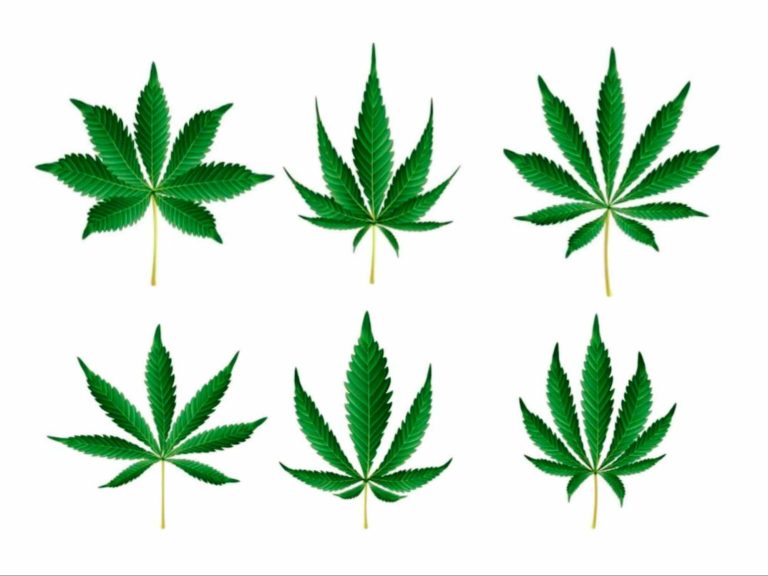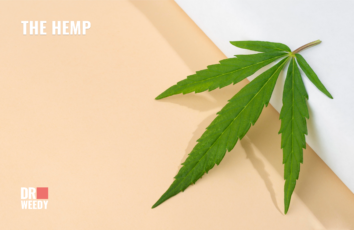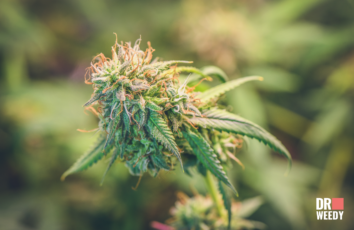How Do Breeders Come Up With Names For Cannabis?

Marijuana varieties do not get their names by chance but have their own history, carry a hidden meaning that only a true hemp lover will understand.
The name can be a hint because in most cases breeders try to reflect the characteristics of the variety, the peculiarities of the taste, and the aroma of the final product.
A lot of cannabis strain names reflect the external characteristics of plants — the color and shape of the leaves or the height of the plant. For example, “Big Demon” or “Purple”.
A unique name allows the buyer to remember it and better understand what exactly he is buying.
It’s pretty handy, isn’t it? But sometimes breeders use other ideas to name a new plant variety.
How did the strains get their names in the 60s and 70s?
During these years, breeders actively brought strains for breeding from other countries that grew in the wild.
They were called “Landrace”. Strains such as Panama Red, Colombian Gold, and Afghan Kush inherited the Landres’ genetics. As you have already noticed, the name of the varieties indicates where the hemp was brought to the laboratory for breeders.
Basically, all the strains currently on the cannabis market include Landres genetics.
Breeders cross marijuana from different countries, not only in order to develop new effects and tastes but also to reward the offspring with useful qualities (for example, resistance to sudden changes in temperature, immunity from pests, etc.).
Some varieties of that time have already been forgotten, especially since worthy new items appear regularly, which, in turn, receive more and more new weed plant names.
Do breeders name strains after themselves?
Breeders try to name the variety so that growers immediately understand whose seeds they are buying. This can be a specific way to shorten long nicknames for pot or insert part of the breeder name (for example, Blueberry x White Widow = Berry White).
Also, the name of the variety can reflect the effect of consumption.
As an example — the Blue Dream strain, after smoking which the consumer feels a dreamy mood.
In addition, the name of the cannabis plant can tell the grower that the strain is incredibly resinous, or capable of changing the color of leaves and buds throughout life.
Also, marijuana is named after people who have done a lot for the development of breeding or have devoted their lives to the study of medicinal varieties (for example Jack Herer, Ringo’s Gift, and others).
Sometimes strains with the same name can be produced by different growers and differ from each other, so be careful. Pay attention to the name of the grower and choose a reputable one in the market.
What names will marijuana be given in the future?
As you already understand, there are more and more varieties on the market. With the legalization of cannabis around the globe, analysts say, breeders will get even more active.
Choosing names for marijuana will be more difficult, and most likely, the name will contain the names of brands (this trend has already been noted). If we talk about marijuana names with an indication of genetics, then this is inconvenient for marketing. It turns out that several breeders can take up the selection of the same strain and name their product the same?
Of course, no one sets a frame for breeders. They are free to name their strains as they please, and even with humor.
For example, a strain called “Skunk”, used for both reactionary and medicinal purposes got its name from its pronounced odor comparable in strength to aromatic indoor sprays.
The name of such strain as “Gagarin”, named after the first Russian cosmonaut, hints at the supernatural concentration of THC along with increased resistance to environmental conditions (it grows equally well both in calves and in the open field and has increased protection against insect pests).
And, for example, strain “Quick One” got its name because it is designed for an accelerated growth rate so the product can be harvested in as little as 8 weeks, although it usually takes about 10 weeks to reach maturity.
The next time you buy seeds, think about what secret meaning did the breeder put into the name, and what he wanted to say to the growers. Perhaps this is some kind of encrypted message?



























I am so grateful for your article post. Much thanks again. Keep writing.
I just like the helpful information you supply to your articles.
Hi, after reading this awesome post i am also delighted to share my experience here with friends.